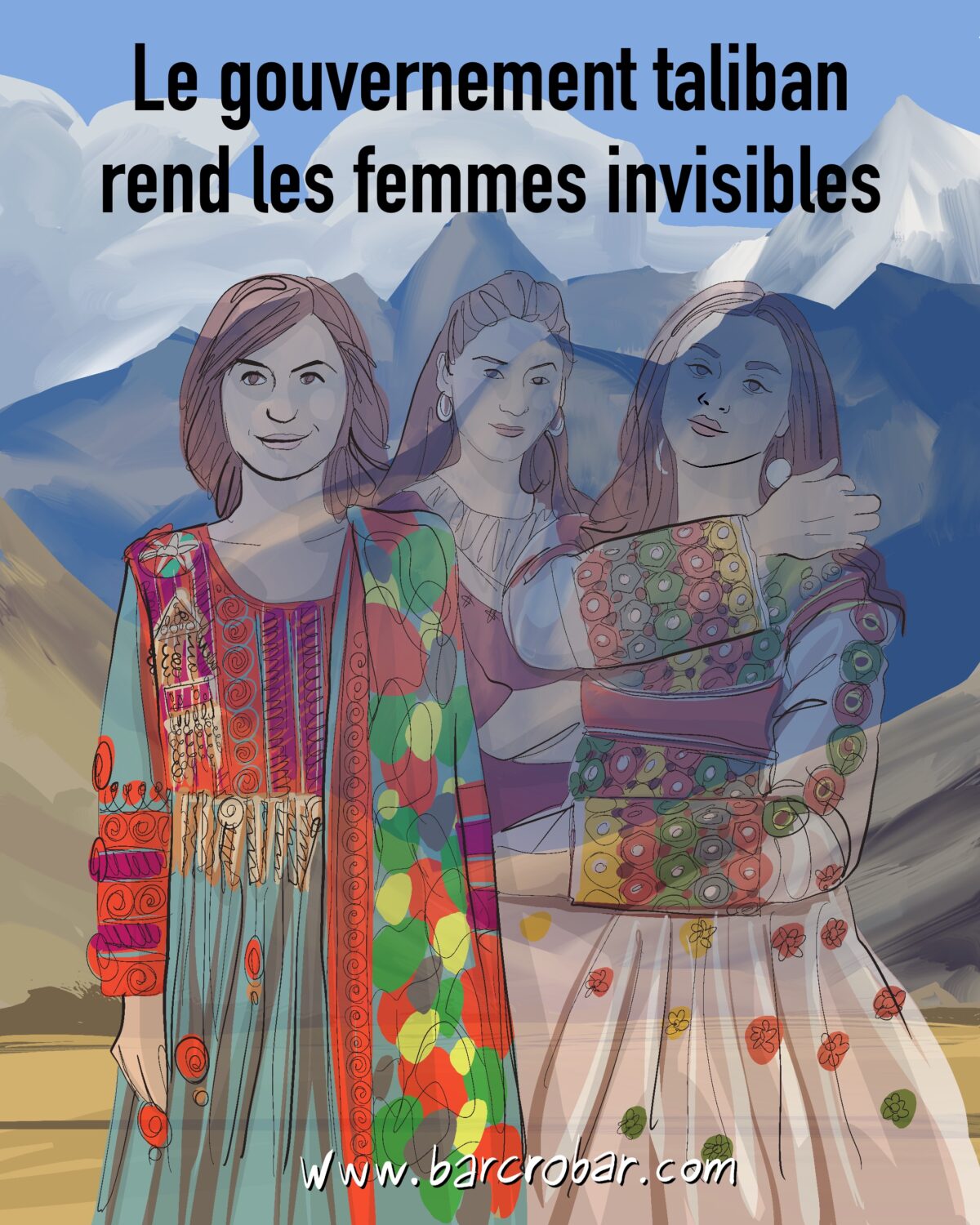The situation degenerated in a matter of minutes. On Thursday, during a demonstration against pension reform, some people deliberately set fire to some rubbish littering the rue Saint-Marc, in the 2nd arrondissement of Paris. The fire quickly spread to the front of the neighbouring building.
"We went to the window and saw that people were starting to burn rubbish bins," a local resident told BFMTV. "And it started to catch fire everywhere.
140 fires in Paris
The flames hit the wooden storefront on the ground floor of the building and quickly spread. "Suddenly, the flames exploded and lots of people gathered around", recalls a resident of a neighbouring building. "I thought I was going to go out and put the fire out, but the flames got so big so quickly that I couldn't."
In the street with their simple fire extinguishers, the mobile firefighters were unable to bring the flames under control themselves. People in the street then tried to remove the rubbish to prevent the fire from growing.
"We saw that the building was on fire, and we started clearing away the debris", reported an off-duty policewoman on the street. "We're trying to clear it away, we were only thinking of one thing: people. Get the people out."
Some of the building's residents left, fearing that the flames would spread to the entire building.
When the CRS arrived on the scene, they secured the street to allow a fire truck to arrive. It took the fire brigade around twenty minutes to bring the fire under control. The door to the ground floor flat had to be forced open to make sure no-one was inside.
A total of 140 fires were reported to have started in Paris on Thursday, during demonstrations against pension reform.
Text by BFMTV Damien Gourlet, Pierre Barbin with Laurène Rocheteau




